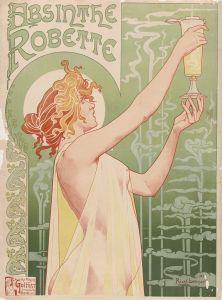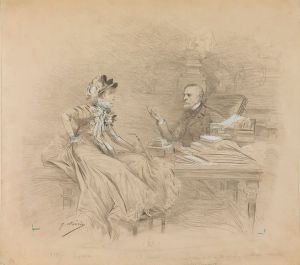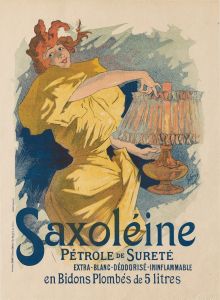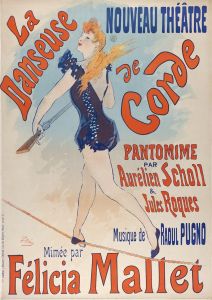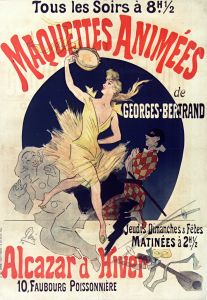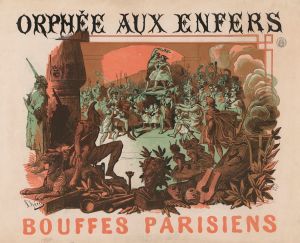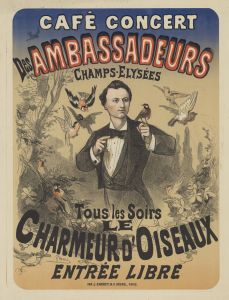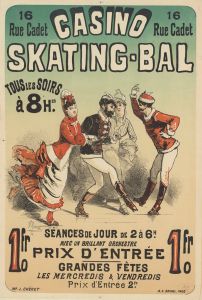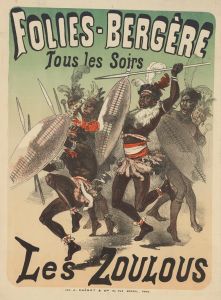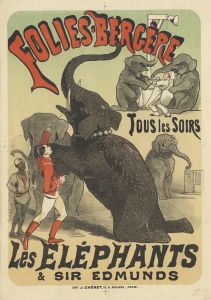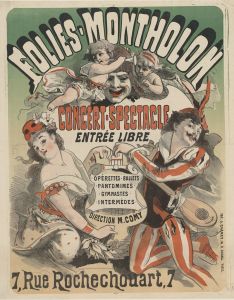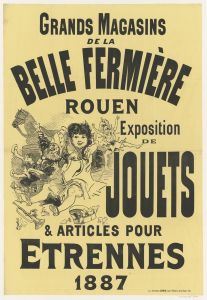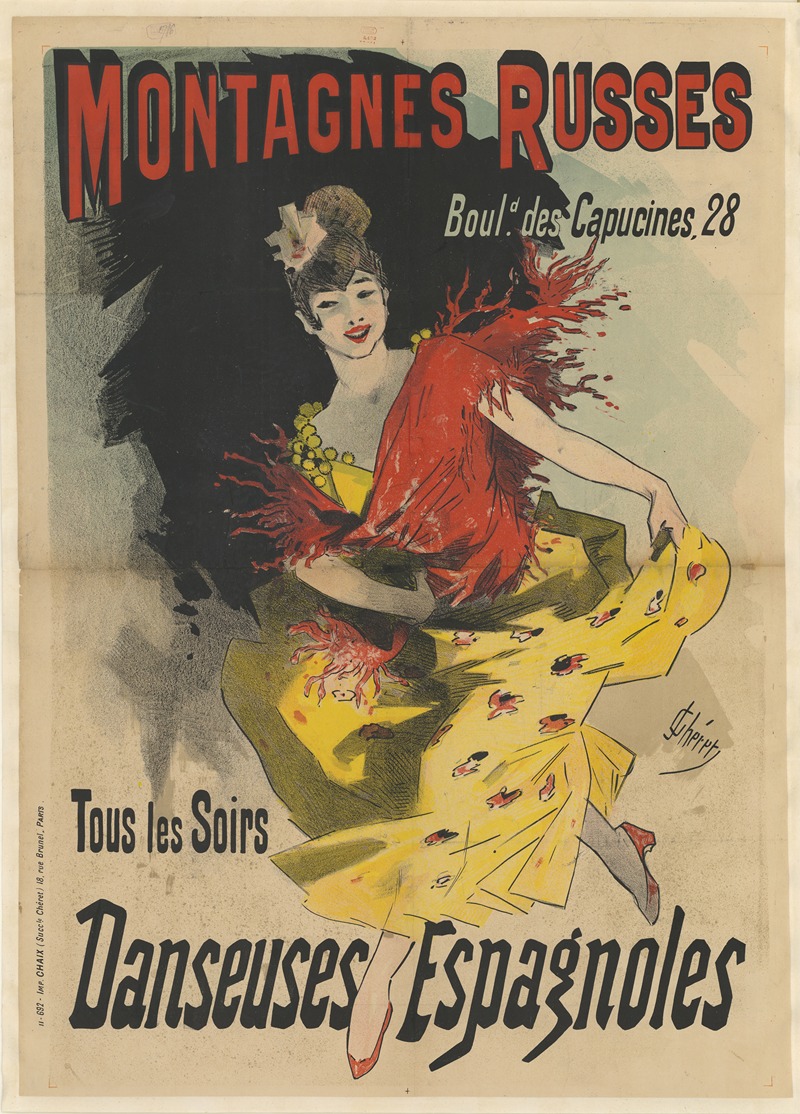
Montagnes russes. Tous les soirs Danseuses espagnoles
A hand-painted replica of Jules Chéret’s masterpiece Montagnes russes. Tous les soirs Danseuses espagnoles, meticulously crafted by professional artists to capture the true essence of the original. Each piece is created with museum-quality canvas and rare mineral pigments, carefully painted by experienced artists with delicate brushstrokes and rich, layered colors to perfectly recreate the texture of the original artwork. Unlike machine-printed reproductions, this hand-painted version brings the painting to life, infused with the artist’s emotions and skill in every stroke. Whether for personal collection or home decoration, it instantly elevates the artistic atmosphere of any space.
Jules Chéret, a French painter and lithographer, is widely regarded as one of the pioneers of modern poster art. His work "Montagnes russes. Tous les soirs Danseuses espagnoles" is a lithographic poster created in the late 19th century. This piece exemplifies Chéret's innovative approach to commercial art, blending vibrant colors, dynamic compositions, and a sense of movement to captivate viewers and promote entertainment venues or events.
The title of the poster, "Montagnes russes," translates to "Russian Mountains," a term historically used in France to describe roller coasters. The poster advertises an evening event featuring Spanish dancers, as indicated by the subtitle "Tous les soirs Danseuses espagnoles," meaning "Every evening Spanish dancers." This suggests that the artwork was created to promote a specific attraction or performance, likely at a Parisian venue during the Belle Époque, a period marked by cultural flourishing and the rise of leisure activities.
Chéret's artistic style in this poster reflects his mastery of lithography, a printing technique that allowed for the production of colorful and visually striking advertisements. His use of bold, flowing lines and bright, cheerful hues became a hallmark of his work, earning him the nickname "the father of the modern poster." The composition typically features lively figures, often women, depicted in graceful and animated poses. This approach not only drew attention to the advertised events but also elevated the status of posters as a legitimate art form.
During his career, Chéret produced thousands of posters for theaters, cabarets, and other entertainment venues, contributing significantly to the visual culture of the time. His works were instrumental in shaping the aesthetics of advertising and influenced subsequent generations of artists, including those associated with the Art Nouveau movement.
While specific details about the venue or event associated with "Montagnes russes. Tous les soirs Danseuses espagnoles" are not readily available, the poster remains a testament to Chéret's ability to merge art and commerce. It reflects the vibrant social and cultural atmosphere of late 19th-century Paris, where public spaces were adorned with colorful advertisements that celebrated the city's dynamic entertainment scene.
As with many of Chéret's posters, this piece is now considered a valuable example of early graphic design and is appreciated for its artistic and historical significance. Copies of his posters are preserved in museums and private collections, highlighting their enduring appeal and importance in the history of visual art.





